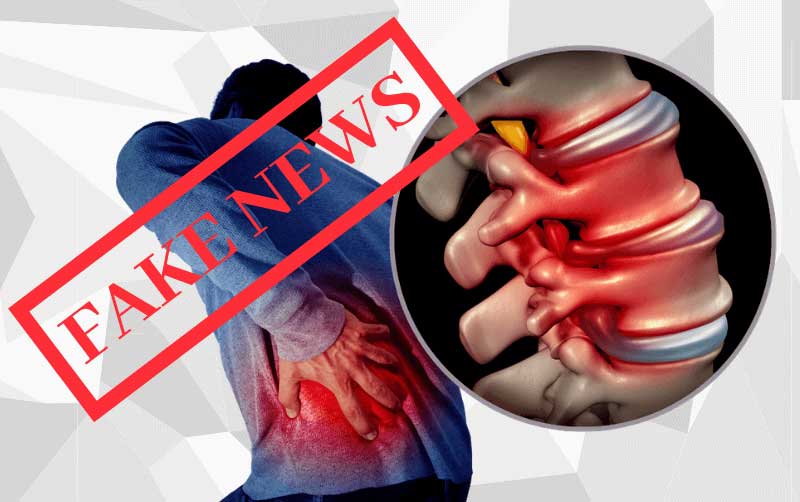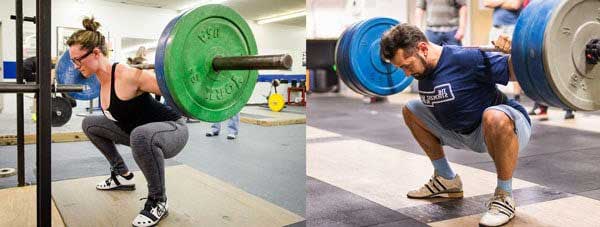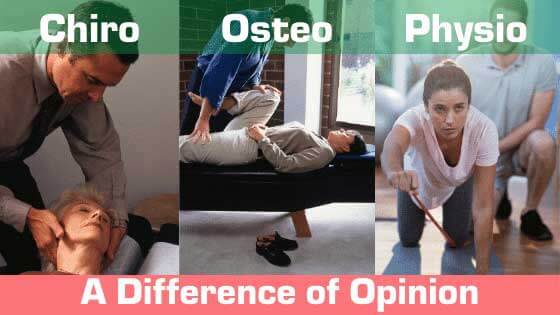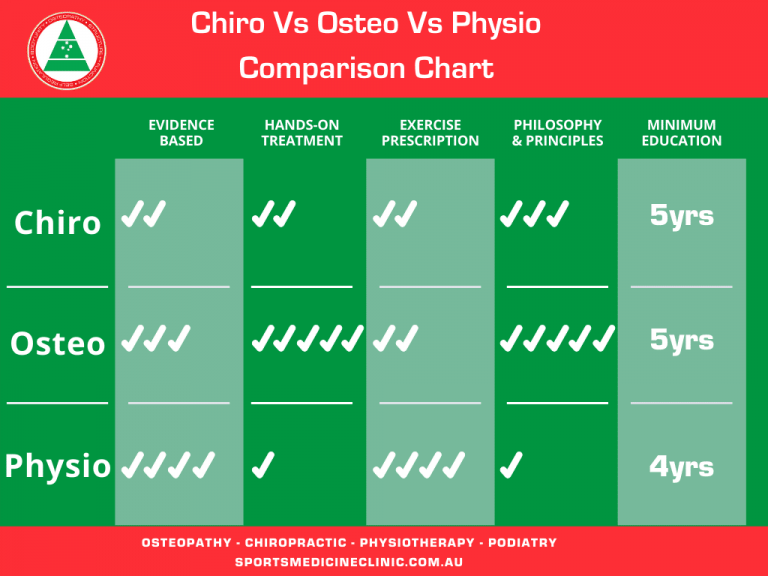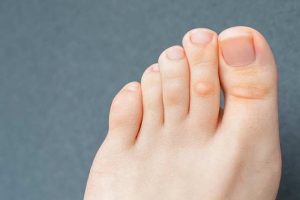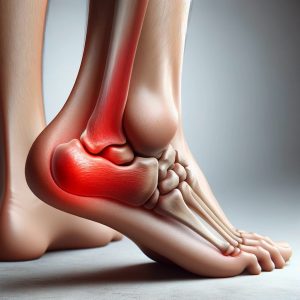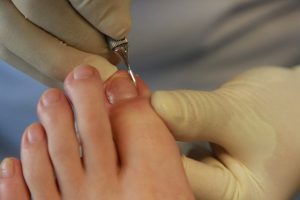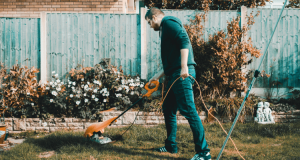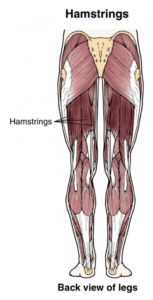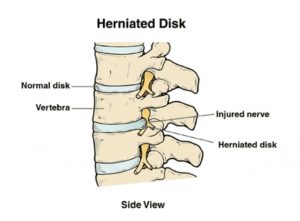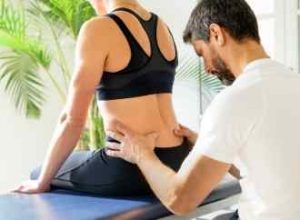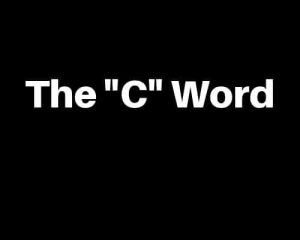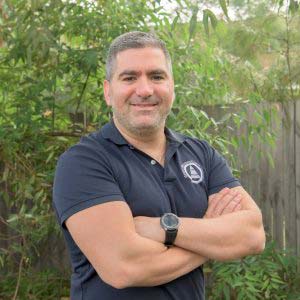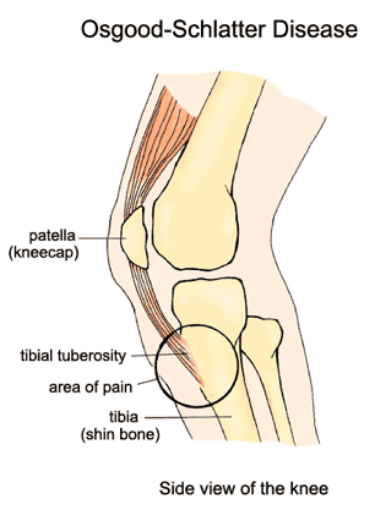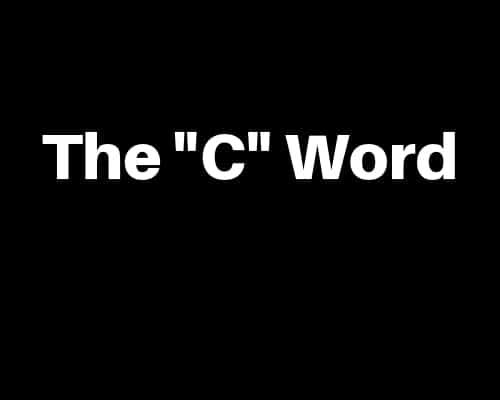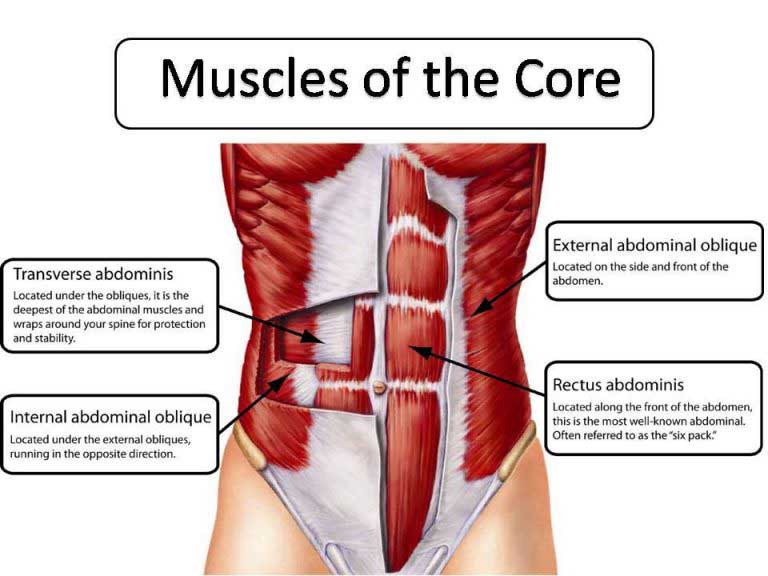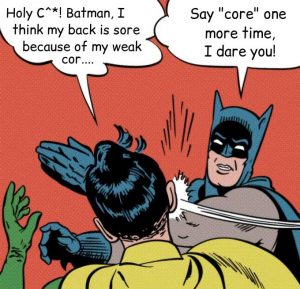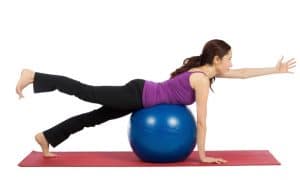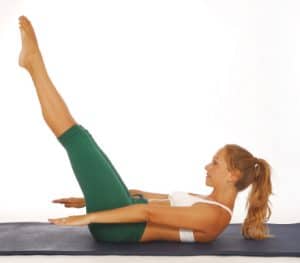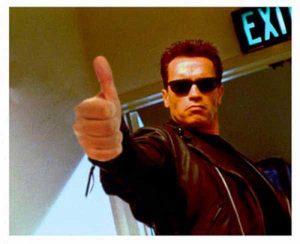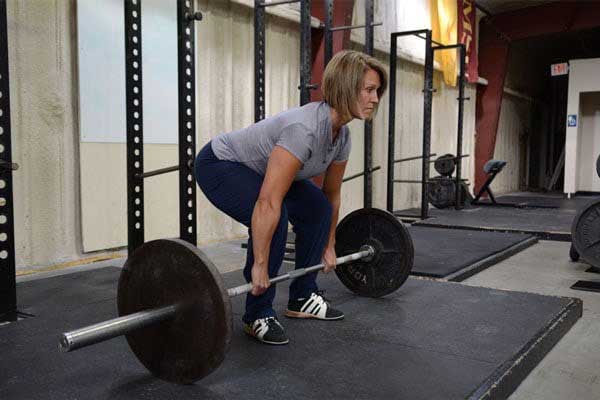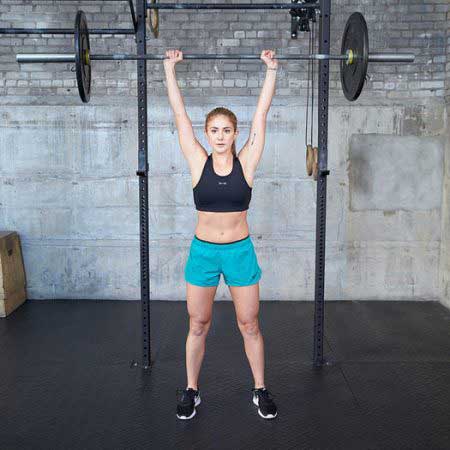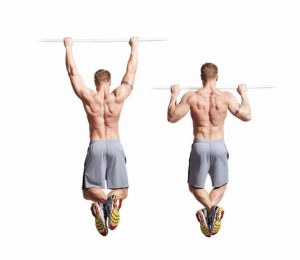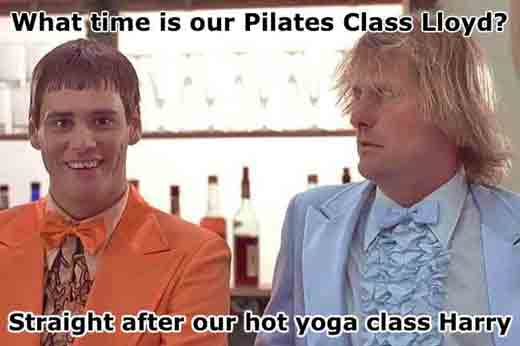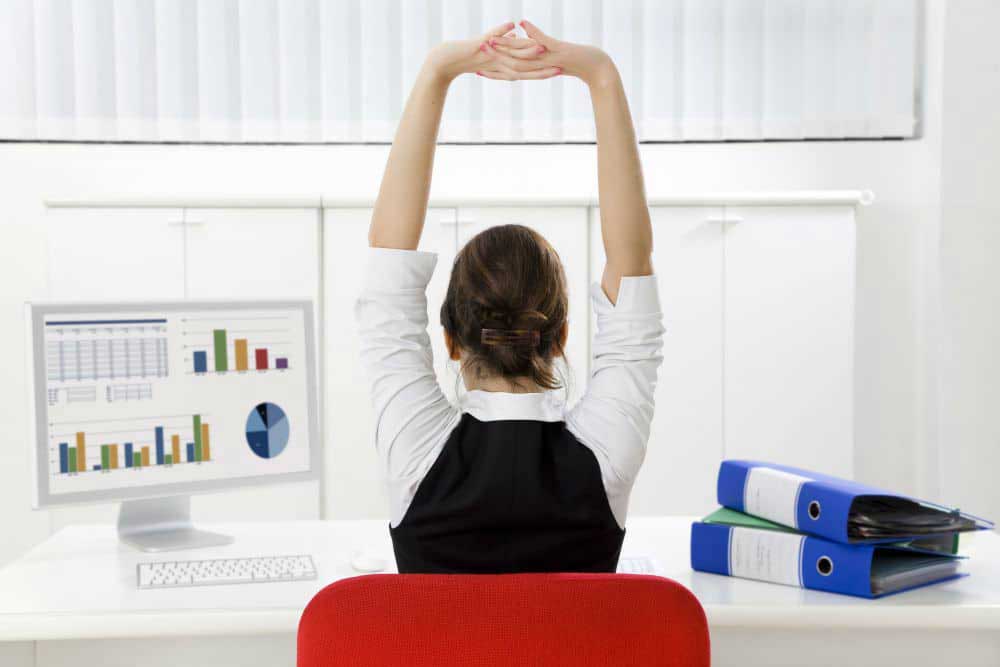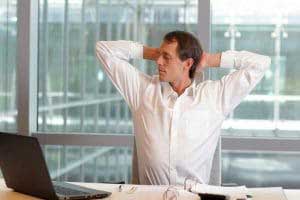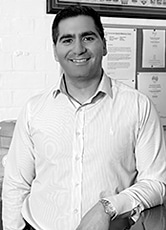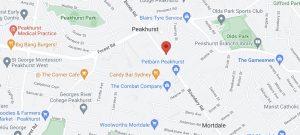“All I did was bend over to pick up a pen! It’s a damn pen! It’s obviously not heavy. How in the hell could I have hurt my back picking up a pen?!”
If I had a dollar for every time I heard that story (or a similar version) I’d have at least $5k more than I have today.
Lower Back Pain (LBP) is now classified as a disease, yes a disease! So futile is trying to understand this phenomenon, that we now equate it to something we catch. The research tells us that most people past the age of 30, will at some point experience some form of LBP. And if you’ve had lower back pain previously, your chances of having it are higher. If I had to guess, being conservative, I’d say at least 80% of people will suffer back pain at some point in their life.
Now, if you follow the research, it will tell you that nothing works. No treatment is especially effective, or everything works equally! Seems like the research can’t decide. How do we navigate this condition that is likely to affect you, if it already hasn’t?
See, the aim of research in the field of medicine is to analyse what is being studied from the point of view that the only thing that is being studied is relevant. When it comes to something as complicated as lower back pain, you can’t reduce the patient or treatment down to single factors or even a few multi-factors. When it comes to lower back pain, everything is relevant!
Your diet is relevant, how much you sleep is relevant, how much you sit and stand is relevant, how you sleep is relevant, what you do in the gym is relevant, it’s all relevant. That’s why different things work for different people, because we are all DIFFERENT!
So, if you’re looking for me to cite systematic reviews and randomised controlled trials, go look for them yourself. They’re out there and they won’t tell you much. I am however going to give you my opinion. My opinion is informed of the evidence but not solely based on it. It’s based on almost 20 years of experience in dealing and helping thousands of patients with LBP. And I have to say, I’ve been quite successful with it. I don’t have any magic techniques or special exercises. What I do have is a no-bullshit common sense approach. Now, a no-nonsense approach doesn’t mean we don’t empathise, or that we are arrogant with our claims. I’ve had to educate patients on things they thought were true about their pain, but weren’t. And I’ve been privileged to learn some things along the way that seem to make sense and explain this condition.
Disclaimer: This is for Educational Purposes Only
Let me take a quick intercesion to inform you as to the nature of our advice. We are experienced healthcare clinicians. We wish to share our experience with you on topics to do with your health. We may be a little colourful in doing so, but at the heart of what we do is in-the-trenches experience. Whilst we have achieved academic success and understand evidence, we are not solely evidence based. We are, however, EVIDENCE INFORMED.
We find that the evidence is usually 10-15years (at minimum) behind what we are seeing in the clinic. We see real people, with real problems, and we’ve made a great living out of offering real solutions.
If all you’re after is the researched evidence, you can find some here (link to evidence page), or you can very easily look for more on Google. We want to give you real life advice, most of which you may not find in the research.
There is no way that this document can replicate or replace expert assessment and guidance given by a qualified registered healthcare practitioner who has seen you personally. I am sure you’re aware that I have no knowledge of your personal medical history or how you take care of your body. If you require care from a qualified practitioner, you would be best served by seeing someone who can empathise with your situation and treat you accordingly
I’m sure you understand that I disclaim any and all responsibility for anything you do as a result of reading this document. And by reading this article, you accept 100% responsibility for the actions of you or anyone under your care.
Myth 1: You didn’t hurt your lower back picking up a pen!
As obvious as this statement seems, people still believe that whatever it was they picked up caused their pain. Now it may have been the straw that broke the camel’s back (all pun intended), but picking up a pen by itself in isolation is no cause for alarm. What would have significantly contributed to your back pain and a subsequent failed attempt at pen Olympics is the hours you spent sitting down at the office, the long drive everyday or the poor technique used in the gym. Maybe a leg length imbalance, or an old knee injury that makes you use the other side more. All of it, or some of it, is possible. The point I’m getting at is LOADING.
Uncontrolled loading of your spine over time, creates fatigue, muscular imbalance, skewed nervous system reception/perception and a whole myriad of other signals that will eventually have you crawled up with LBP.
My wife loves pickles, anything pickled. But she can never get the jar to open. So she hands it over to me. I don’t open it for her, I loosen it just enough so that she can apply enough force to open it herself. That’s true love right there!
Loading is quite the same. Once you load the spine with a complex combination of forces you’re not adapted to, then something as trivial as picking up a pen will break open your jar.
Myth 2: Pain equals damage. So lay down and rest!
I can’t begin to tell you the number of times I’ve seen patients who paid a visit to their doctor and the advice given was to take some painkillers and get some bed rest. Not only will this NOT make you better, but it will also actually make you WORSE!
There are instances where lower back injuries will have actually caused a structural change to the back. Fractures come to mind. Disc injuries also come to mind. But it doesn’t mean that the structural change results in the pain. Did you notice how I didn’t use the word “damage.” Damage has a negative emotion attached to it. This negativity can actually drive your pain. We know this because there are people walking around with fractured spines and huge disc injuries who are in no pain whatsoever.
So if you’re back isn’t actually damaged, then why in the hell would you stop using it?! Do what you can and use pain as an indicator. If you attempt something and it causes you pain, back off just a little and keep going. We call that the minimum effective dosage of movement. We want to give your back enough movement, so it understands that pain and immobility are NOT RELATED!
On an important note, the movement encourages blood flow and circulation. Usually, most of your pain in the lower back is due to muscular spasm and inflammation. If you move around as best as you can, you will help with resolving the excess inflammation faster.
Myth 3: You need a scan to see what’s wrong!
I don’t like bashing on doctors, really I don’t (maybe a little)! The number of unnecessary scans performed and bulk billed to the taxpayer would probably pay off the national debt of Borat’s Glorious Nation of Kazakhstan!
Scans are not specifically helpful in identifying the source of the pain. And they’re almost useless in identifying the cause of the pain. But physicians order them anyway because they can point to a picture and say “there! There it is, you’ve slipped your disc!” The “slipped disc” explanation is wrong and the topic of another article.
But can you see that it gives them something to pin the pain on?! Let’s take the disc example. We know there are people out there with severe disc deformations and in NO PAIN at all. We also know that there are people out there, with clean scans, in huge amounts of pain. So it’s important that we don’t get caught up treating the image, we treat the patient!
If the image and the symptoms match, that may help us inform the patient. But competent practitioners should already know how disc injuries present. The symptoms, history and examination should give them enough info to get to a competent working diagnosis. Don’t just believe the scan results, your body has much more accurate information that can be used to help you.
Truth. I’m going to fill you in on some hard truths I’ve learnt over the years. I can even hear some of my own colleagues groan at this one. I know “truth” is a polarising word to use. And if you’re one of those armchair philosophers, sitting there, using words like objective and subjective…just stop! I’m going to lay down some truth bombs that have ALWAYS helped those that heed the advice.
Truth Bomb 1: A STRONG back is a HEALTHIER back.
I’ll go out on a limb and say this. Strong people deal with lower back pain much better than weak people! They’ve conditioned their body to withstand greater forces, different loaded ranges of motion, and are in generally better physical shape. LOADING isn’t that much of a big deal to strong people because they progressively OVERLOAD their training above and beyond their normal daily requirements. This makes daily tasks quite comfortable.
Weak people are only conditioned as far as their daily life requirements allow them to be. And since physical labour isn’t prevalent in modern society, we now not only have a few generations of weaklings, but also this feared epidemic we call Lower Back Pain.
Like I said earlier, most of us will suffer from lower back pain. The question you need to ask yourself is, when you do get lower back pain, would you prefer your back be strong…or weak? Don’t be weak. Get strong. And deal with your back pain naturally. It’ll pay off in many other ways too.
Truth Bomb 2: You’re weak “core” has nothing to with your back pain. AT ALL!
Now that I’ve told you to go and get yourself strong, there are a few pilates instructors and exercise physiologists clapping on the sidelines, waiting to hand you some “core” exercises. You know…the crunches and leg flutters, the circus act.
The concept that a set of weak muscles found in your torso is responsible for your lower back pain is one of the biggest blatant lies in the health industry. This concept is pushed by lazy therapists who would rather hand you a bunch of useless exercises, then blame you for not improving because “you didn’t do them right.”
I’ve discussed the concept of a “core” in a previous article. It has no more of a connection to lower back pain than any other muscle or group of muscles in the body. These muscles will be generally adapted to the stresses you place on them. If you go and stress your body as a whole system, these muscles will get stronger too. You don’t need special circus freak exercises that don’t carry over to daily life.
So if you do see a therapist and they tell you that your back pain is due to a weak “core,” run the other way.
Truth Bomb 3: Good practitioners have REAL solutions for your Lower Back Pain.
Now if the research is telling us that there is nothing that is particularly more effective than anything else, how the hell do we know what to do? Who do we see?
Well, the answer to that is meant to be a competent healthcare practitioner. A therapist that can apply science effectively. They should be the ones who know what to do. So the real question now becomes… How do we know which practitioner to see?
Now, the science out there about LBP is the same for everyone. What separates successful practitioners from others is their ability to interpret the science, their own experience, and to apply their PHILOSOPHY in treatment. They should treat the body as a whole system, not break it up into parts. They should have a knowledge of the research and science and also have in-the-trenches experience helping people. This will have enabled them to put together practically effective treatments, based on a solid diagnosis. And when they do this for years, they will understand what works and what doesn’t. Experience matters in these situations, but there are many instances of young competent practitioners who have been mentored really well.
Finally, empathy is key. A good practitioner will be able to empathise with your situation. They want to understand the impact LBP has on your life and they also care about giving you a solution. If you feel that the questions they ask you don’t reflect empathy, then you may not be confident in their treatment. Effective treatment requires a partnership between patient and practitioner. A good practitioner will know there is a light at the end of the tunnel, whereas you may not. It’s their job to get the results that bring you closer to the light.
When dealing with LBP, it’s ok to be a little cynical and ask many questions. It’s a complicated problem that actually has simple solutions. But simple isn’t always easy. It’s not the end of the world. Common sense should prevail and provided you do your part as in seeking out a qualified professional, a good practitioner will find simple, effective solutions.

